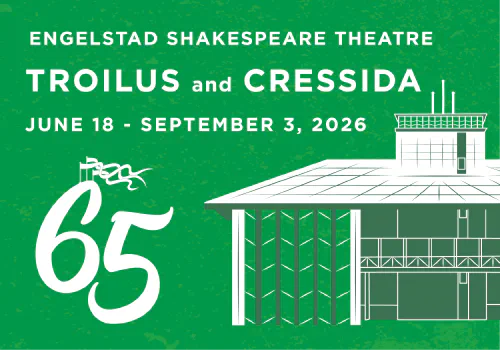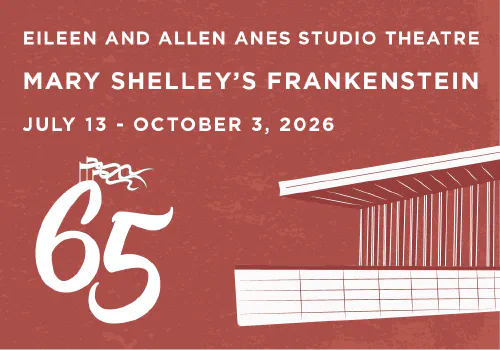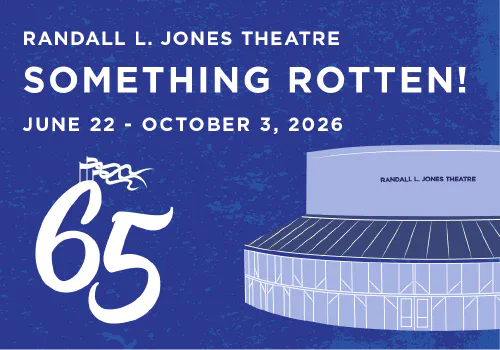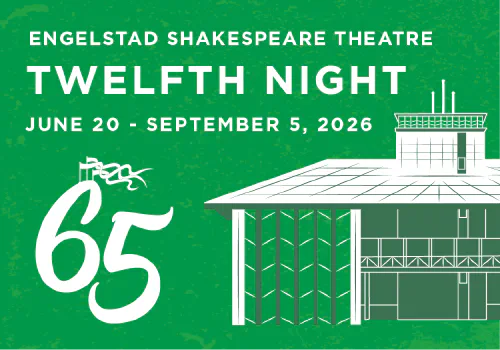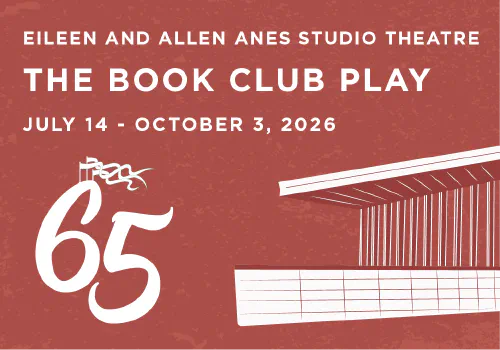By Christine Frezza
Camelot! The sound of that word evokes in many Americans an instant remembrance of the opening notes of the musical’s title song, coupled with a poignant feeling of loss for what was once a golden time in America.
Two weeks after President John F. Kennedy’s assassination, author Theodore White was told by his widow, Jacqueline: “At night before we’d go to sleep, Jack liked to play some records; and the song he loved the most came at the end of this record. The lines he loved to hear were: ‘Don’t let it be forgot, that once there was a spot, for one brief shining moment that was known as Camelot’. . . there’ll be great presidents again. . . but there’ll never be another Camelot. . . . This was Camelot. . . . Let’s not forget.” (Life, Dec. 6, 1963). This sense of innocence lost and hope blighted is echoed in the musical’s story.
Camelot is based on T.H. White’s novel, The Once and Future King, and focuses on the love triangle of King Arthur, Queen Guenevere, and Sir Lancelot, one of Arthur’s greatest and most trusted Knights of the Round Table. Since all three principals are equally appealing, this limitation of storyline has a bittersweet effect. Indeed, the evil of Mordred and the loss of Arthur’s kingdom seem merely to support this doomed love story.
Lerner and Loewe’s final success (after Brigadoon, Paint Your Wagon, My Fair Lady, and Gigi) opened at the Majestic Theatre in December 1960 and ran for three years, finally closing in January 1963 after 873 performances. Directed by Moss Hart, it starred Richard Burton as King Arthur, Julie Andrews as Guenevere, and Robert Goulet as Lancelot.
A glorious example of the “non-spectacle” musical, Camelot’s historically accurate costumes and simple sets allow the audience to concentrate on all the emotion poured into the songs and the characterizations. More than the love story played out, Camelot is an appealing symbol of hope, of truth, and of loyalty to another above self. In Deconstructing Harold Hill, Scott Miller tells us: “Alan Jay Lerner wrote that at its core it contains the aspirations of mankind, and despite its shortcomings, that’s [italics Miller’s] what keeps the show from crumbling” ([Heinemann Publishing: Portsmouth, New Hampshire, 2000], 2).
Miller finds fault with the play’s structure: “Act I seems to be almost a romantic comedy. . . . Act II seems to be a reality-based romantic tragedy” (3), but I think that this structure is why audiences make such a link between the musical and the Kennedy years, from sunshine to rain, laughter to tears-as the musical changed, so changed the nation, a case of life imitating art.
What is miraculous about Camelot, other than its otherworldly foreshadowing of national tragedy, is its powerful romantic spirit. Echoing the popularity of the Arthurian legend, Loewe’s melodies are lush, smooth, with the full warmth and fruition of summer, a definite evolution of style from the sprightly, playful, and elegant world of My Fair Lady. Lerner’s characters as cast are the same age as Eliza, Higgins, and Freddy Eynsford Hill. (However, critics point out that, despite the original casting of Burton and Andrews, the real Arthur was twenty-five and Guenevere seventeen when they met, and by the events of Act Two, the principals would be only five years older). However, the tragic events of Act Two age the three beyond this chronology, aided by the effects of the triangle on the Round Table and on England itself.
These principals are not living up to society: this is a king, a queen, a knight-medieval society is living up to them. Their actions reverberate throughout the play-no one is left untouched. In Act Two, Arthur, Guenevere, and Lancelot are free to express all the passion they possess-without consequence or disapproval, and the musical numbers support this freedom of spirit. We hear Camelot mature from “I Wonder What the King Is Doing Tonight” and “Simple Joys of Maidenhood” to love triumphant in “It’s May” and “You May Take Me to the Fair.” In contrast, Act Two’s music, when triumph turns to tragedy, is not the wistful world of My Fair Lady’s “The Street Where You Live” and “I’ve Grown Accustomed to Her Face” but instead the full-blown anguish of “How to Handle a Woman” and “If Ever I Would Leave You.”
In this period, American tragedies always insist on a hopeful ending, and Camelot has several. Guenevere is sentenced to be burned at the stake for loving someone other than the king; of course, Arthur has difficulty giving the order for her execution; of course Lancelot tries to rescue her. And of course, when Arthur is at his lowest-Round Table destroyed, country, best friend, and Queen lost-a young boy arrives to continue the story. Arthur gives Tom the sword Excalibur and sings him the title song, echoed by an unseen chorus. Though all has been lost, the future will have its own shining moments.



